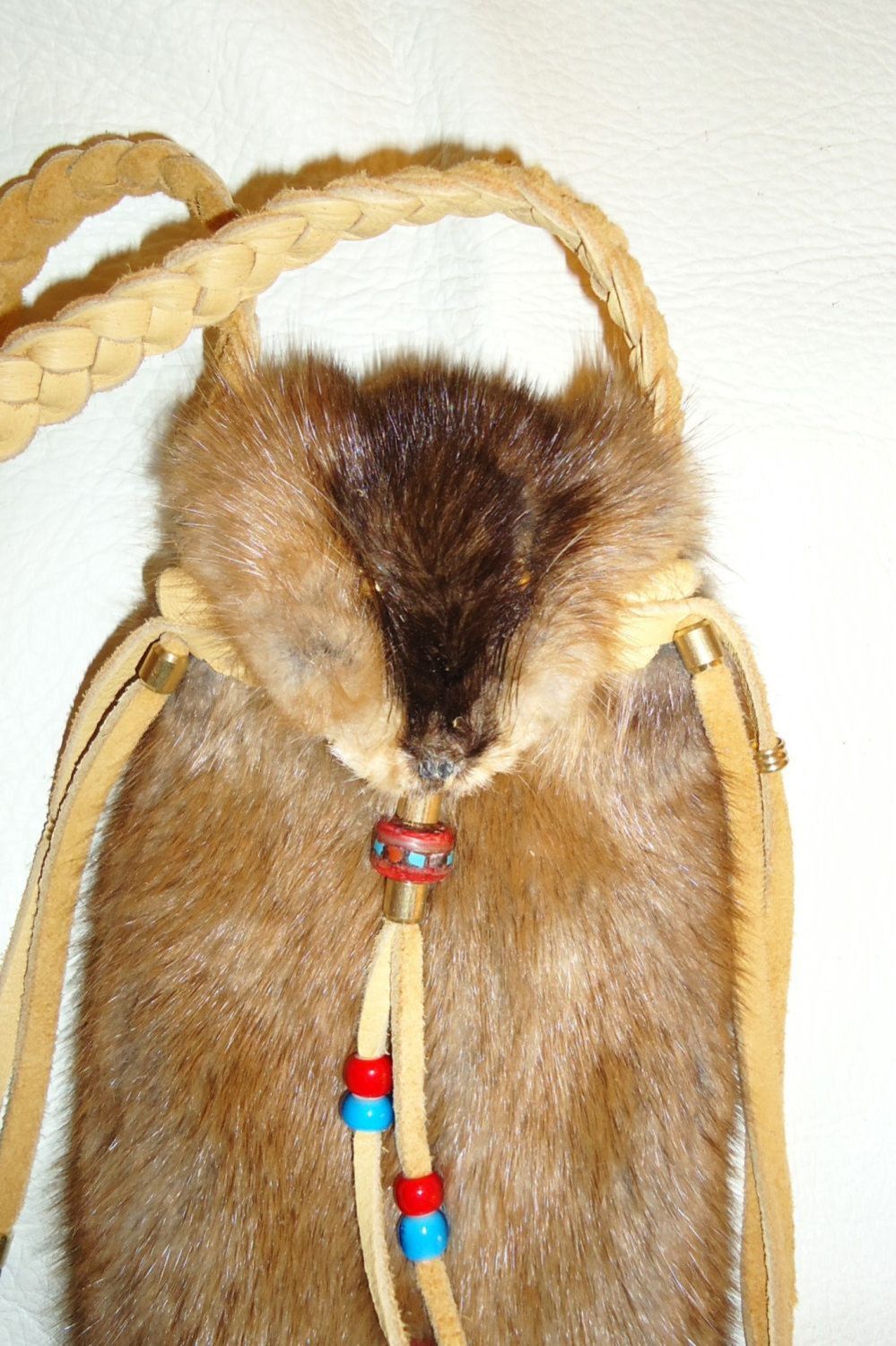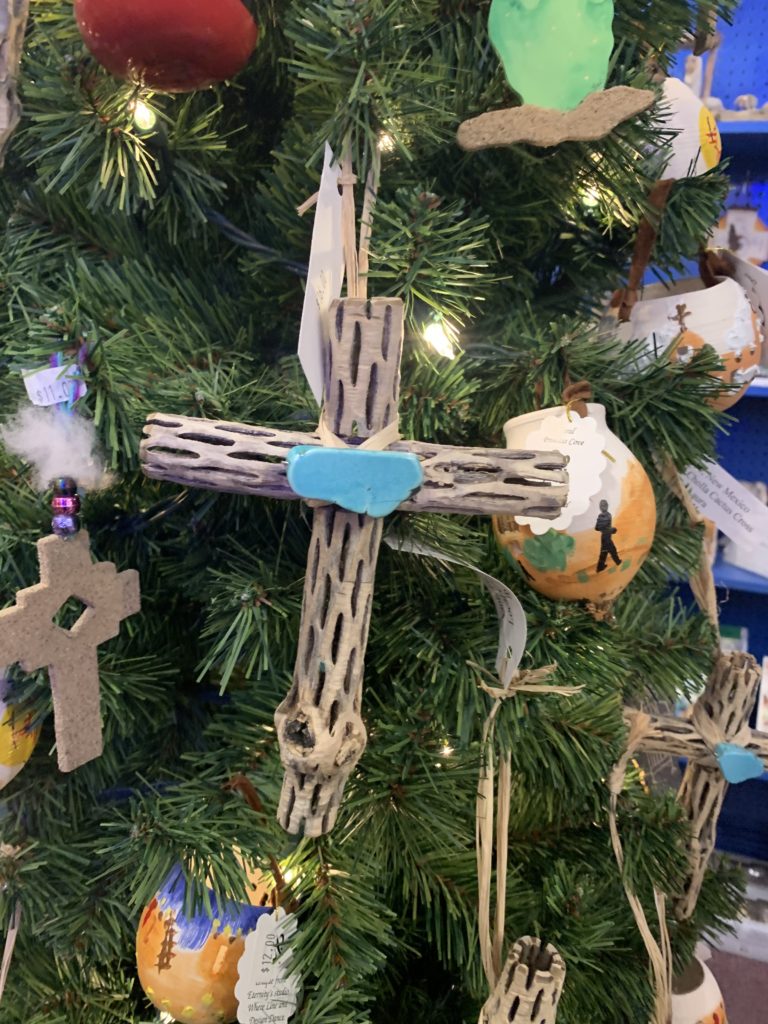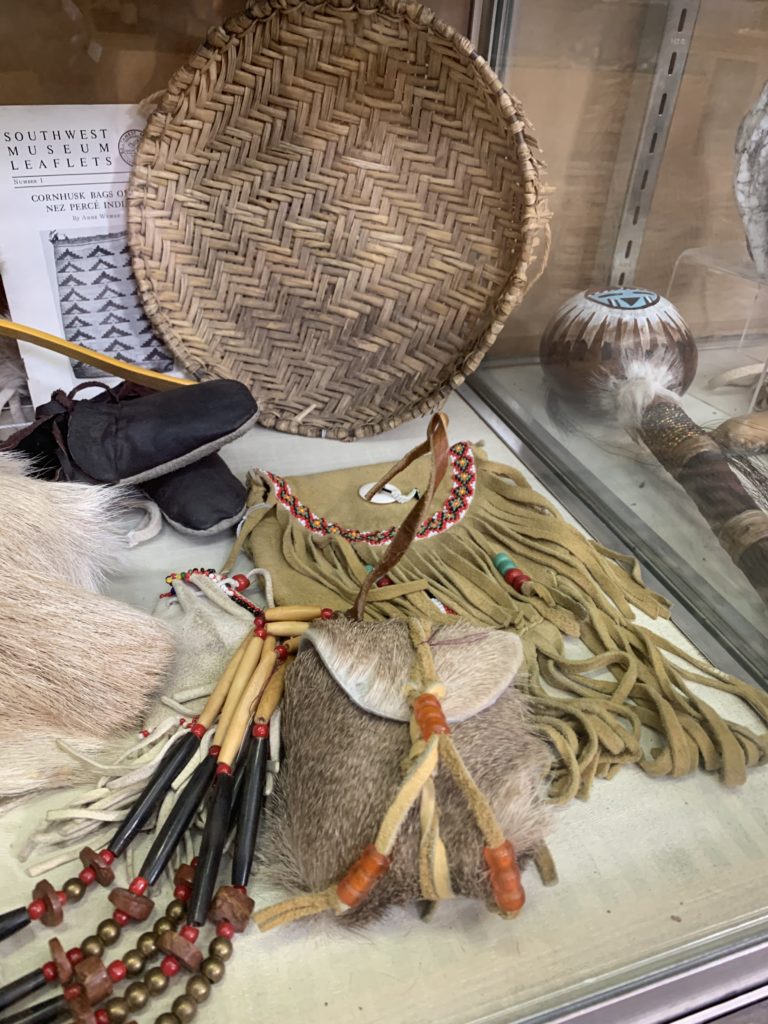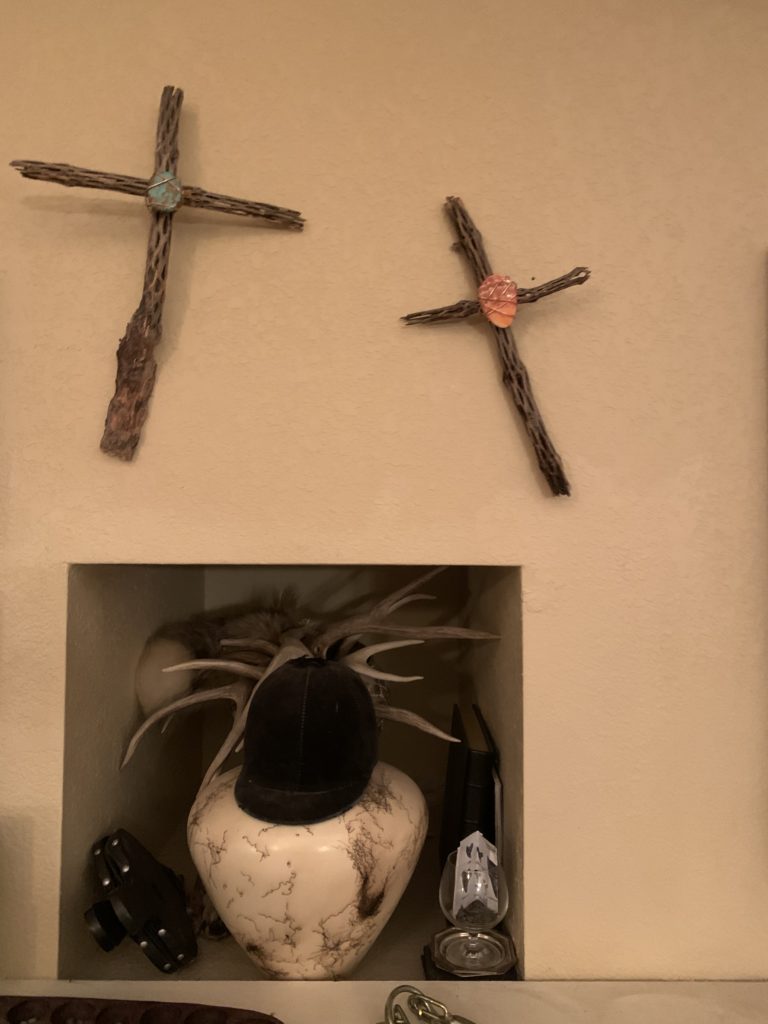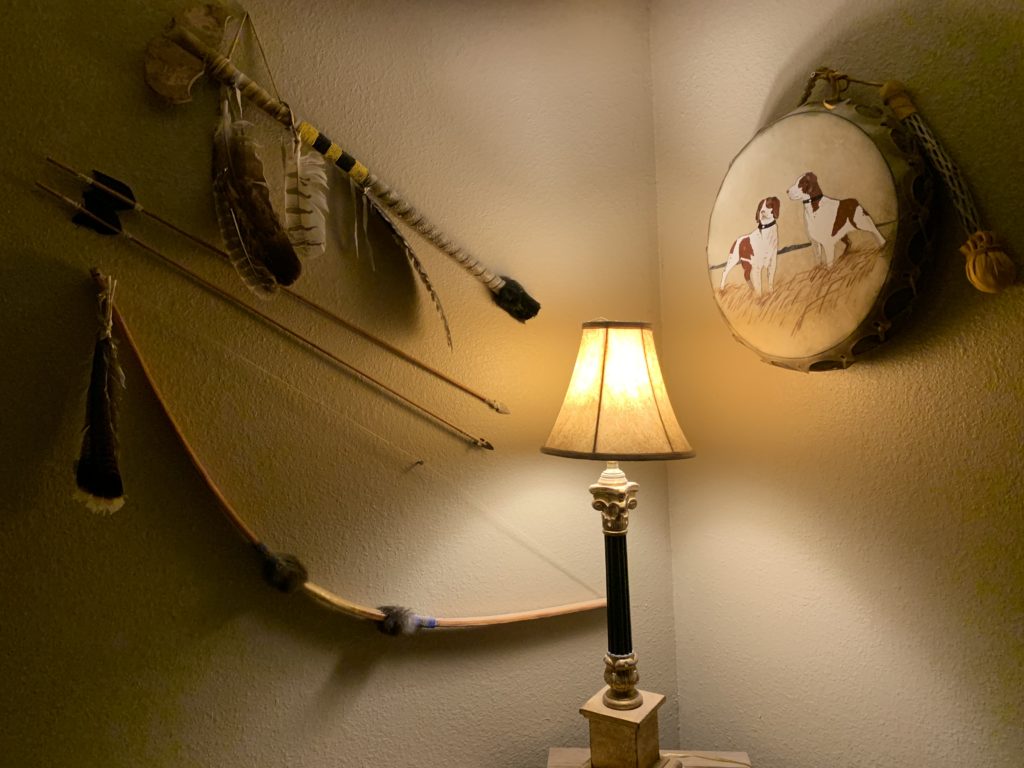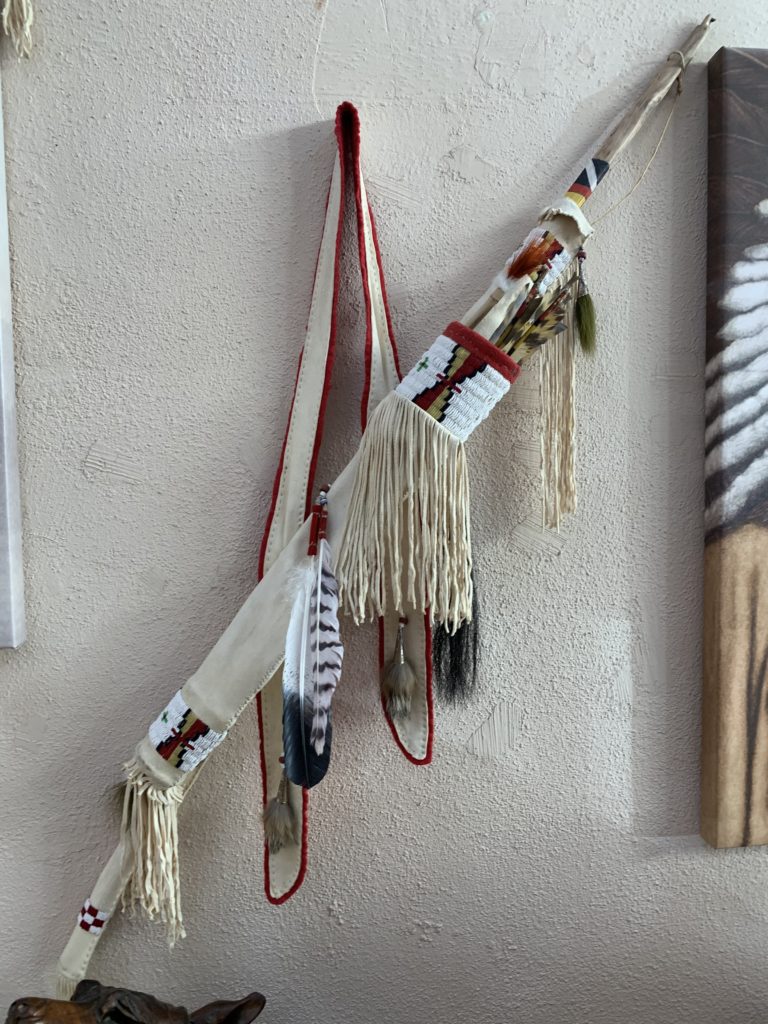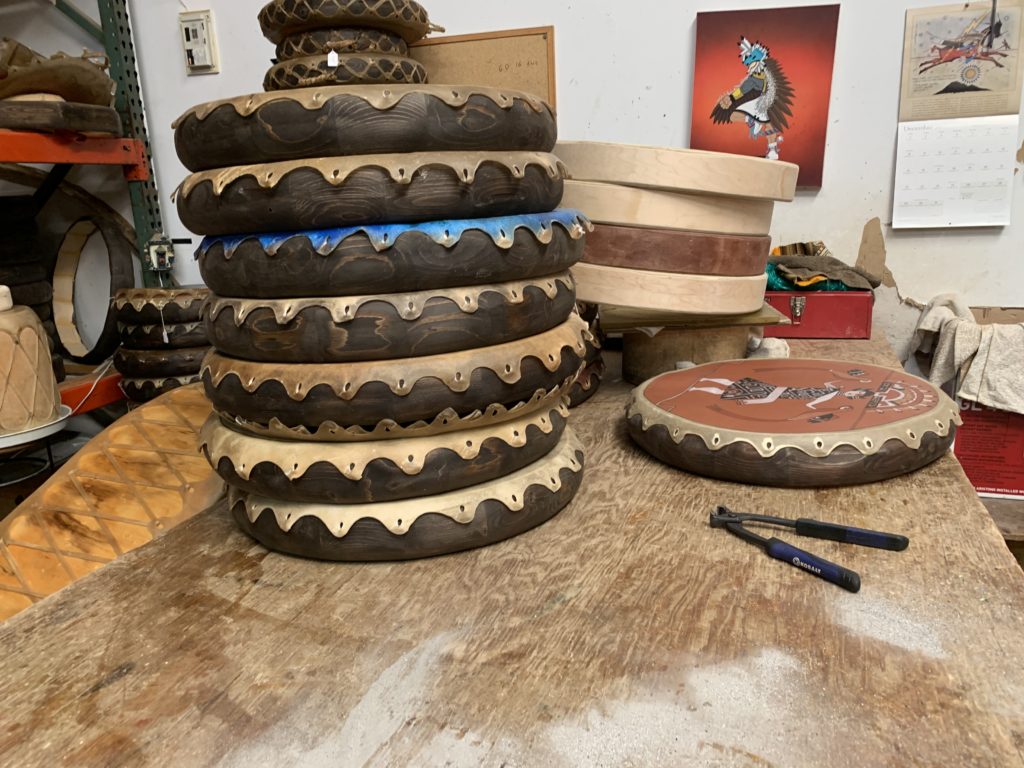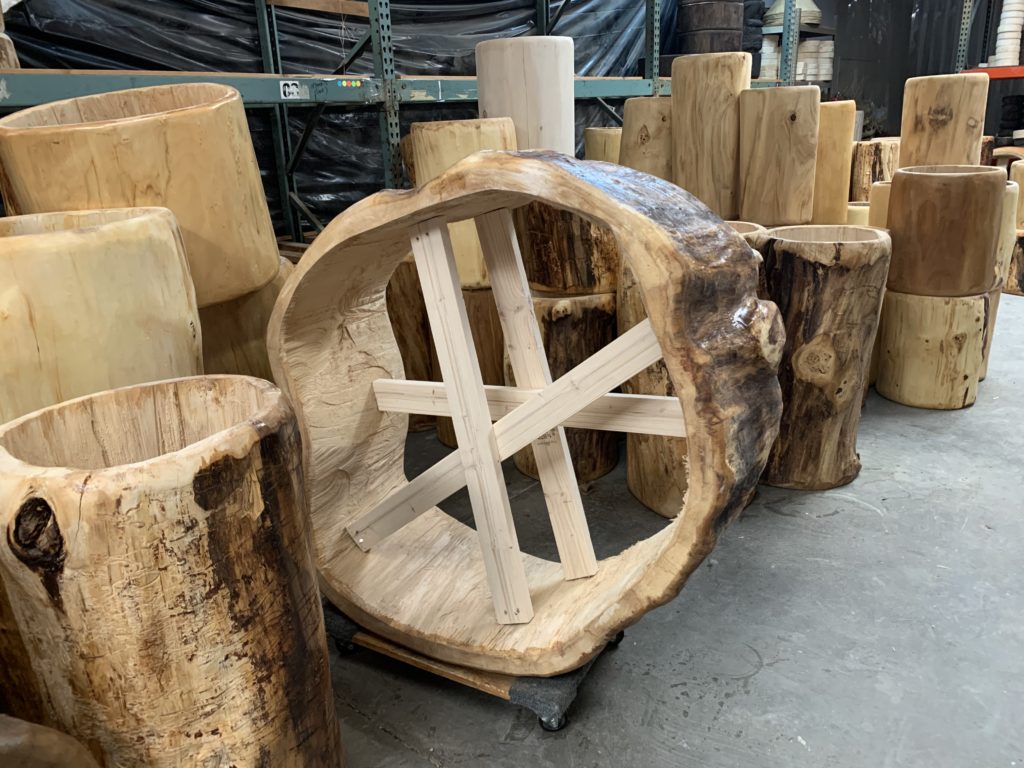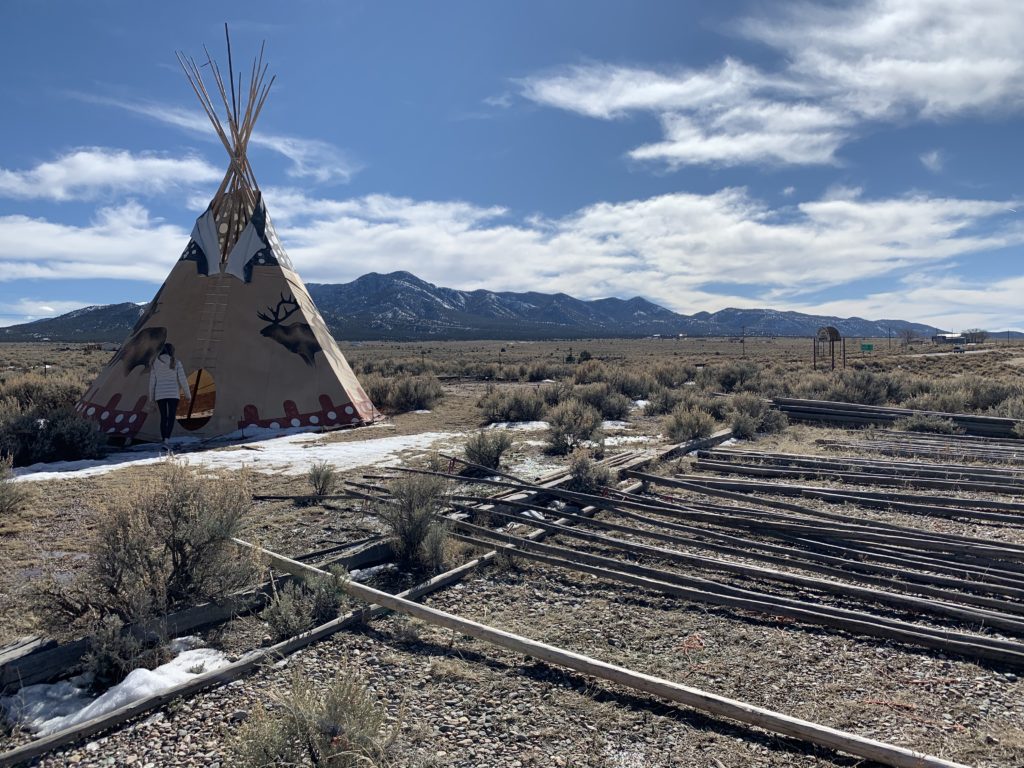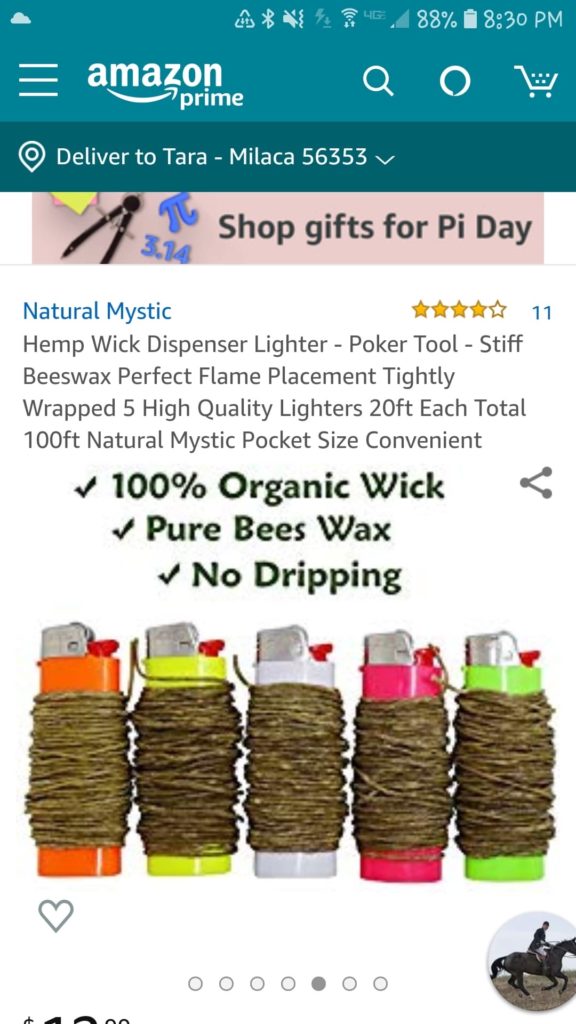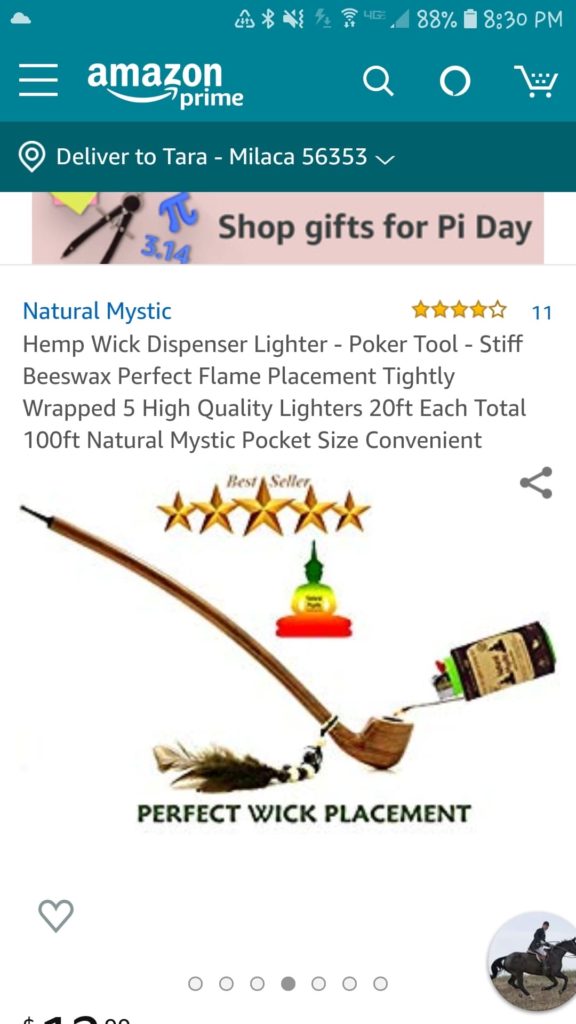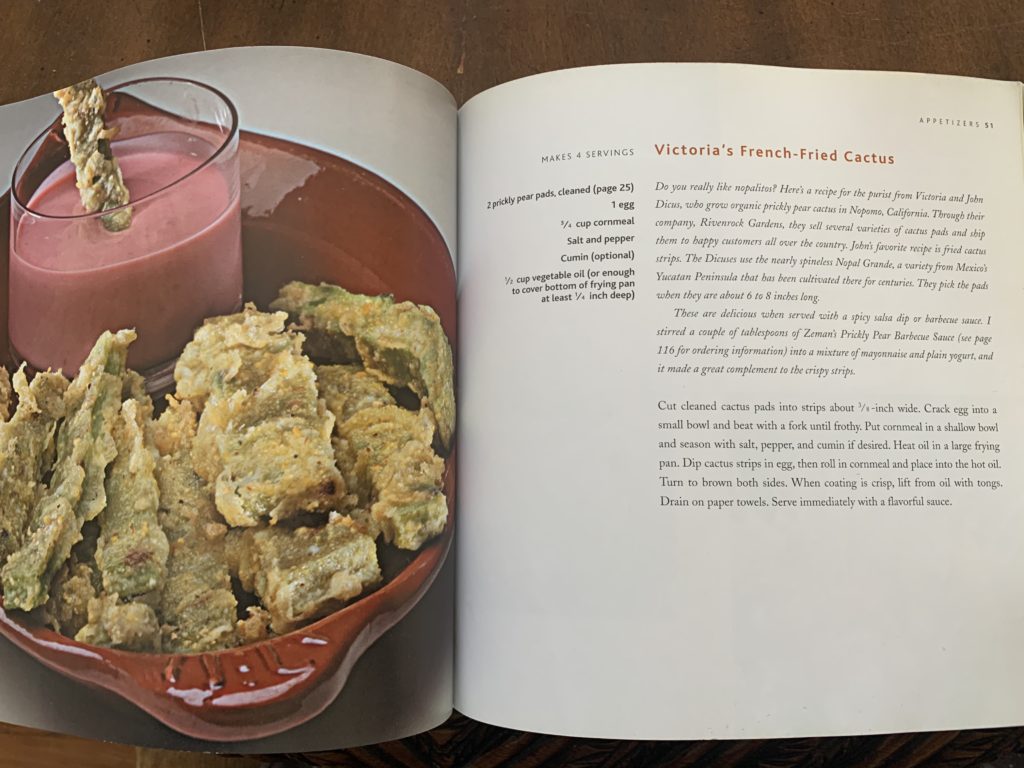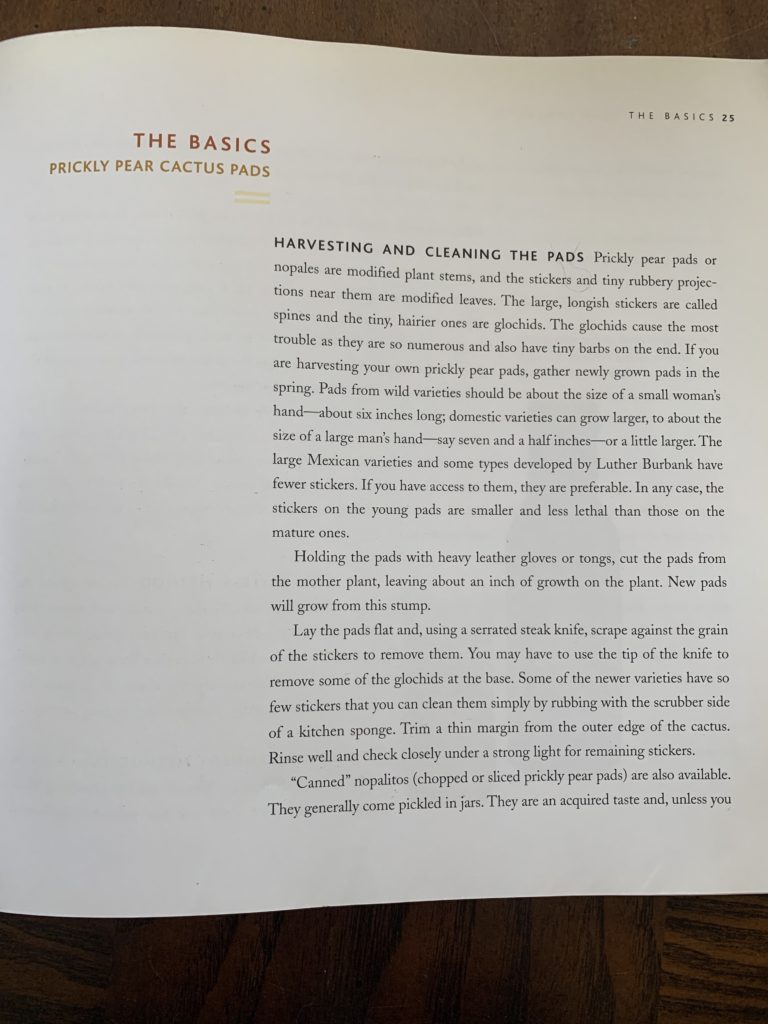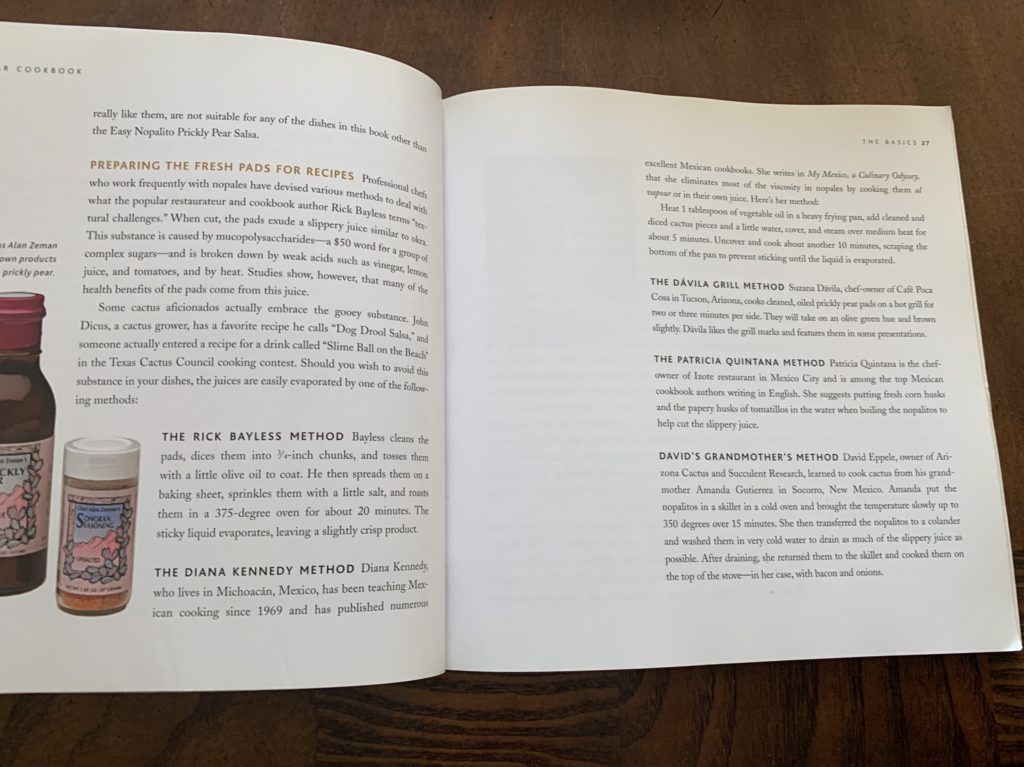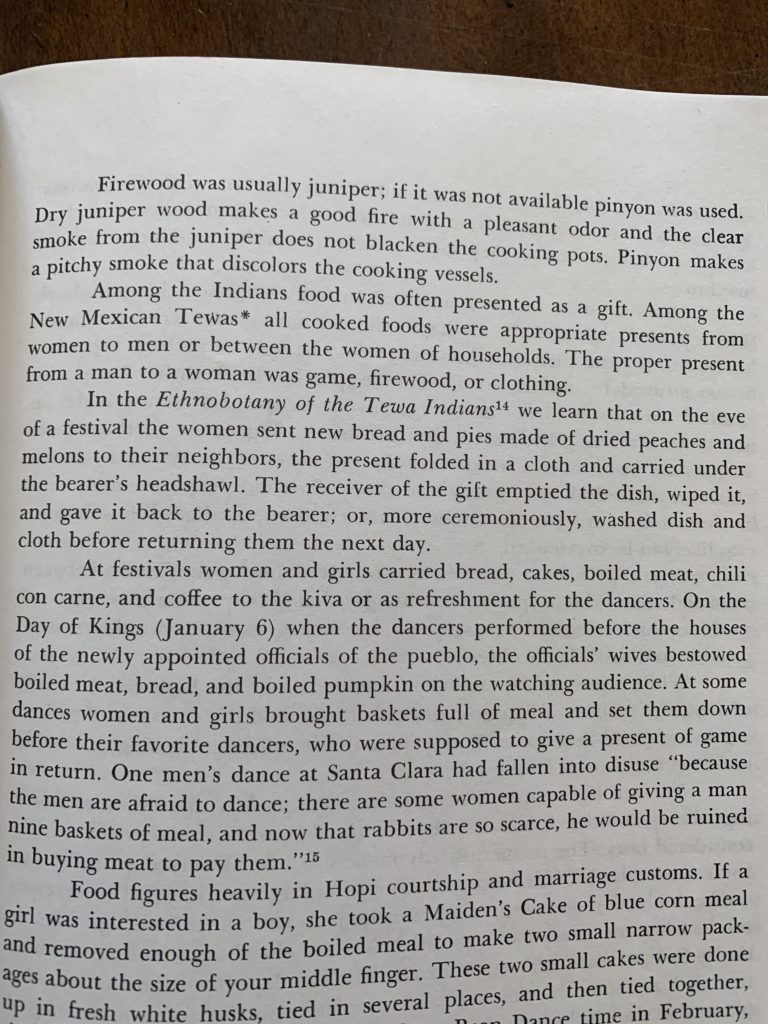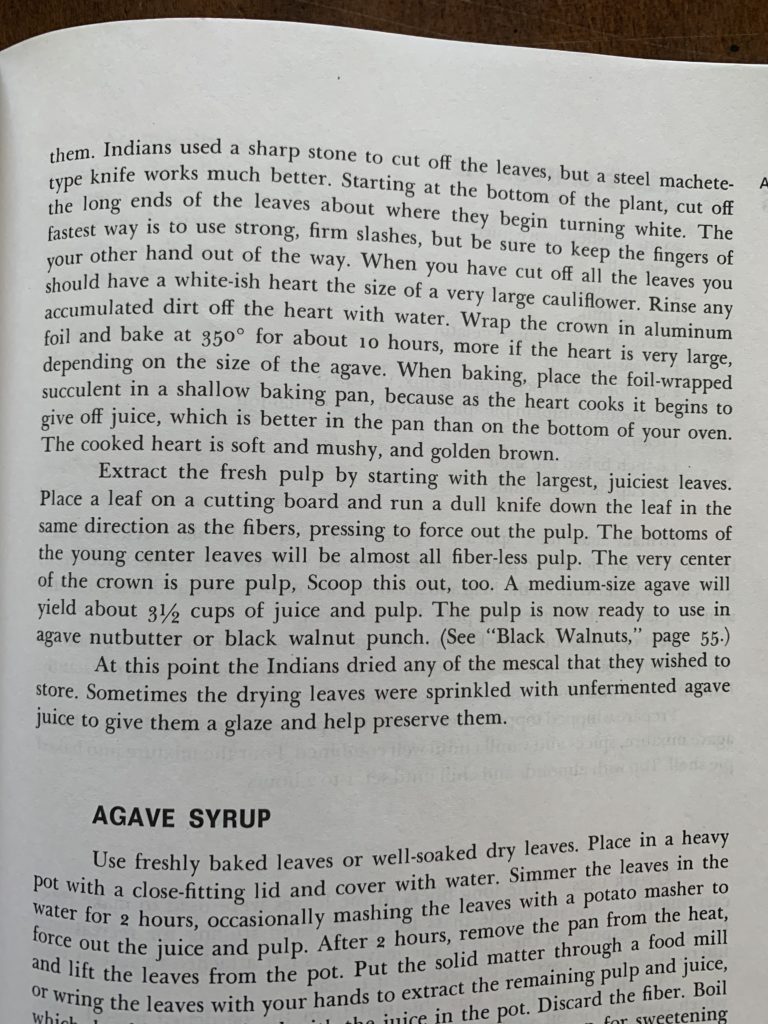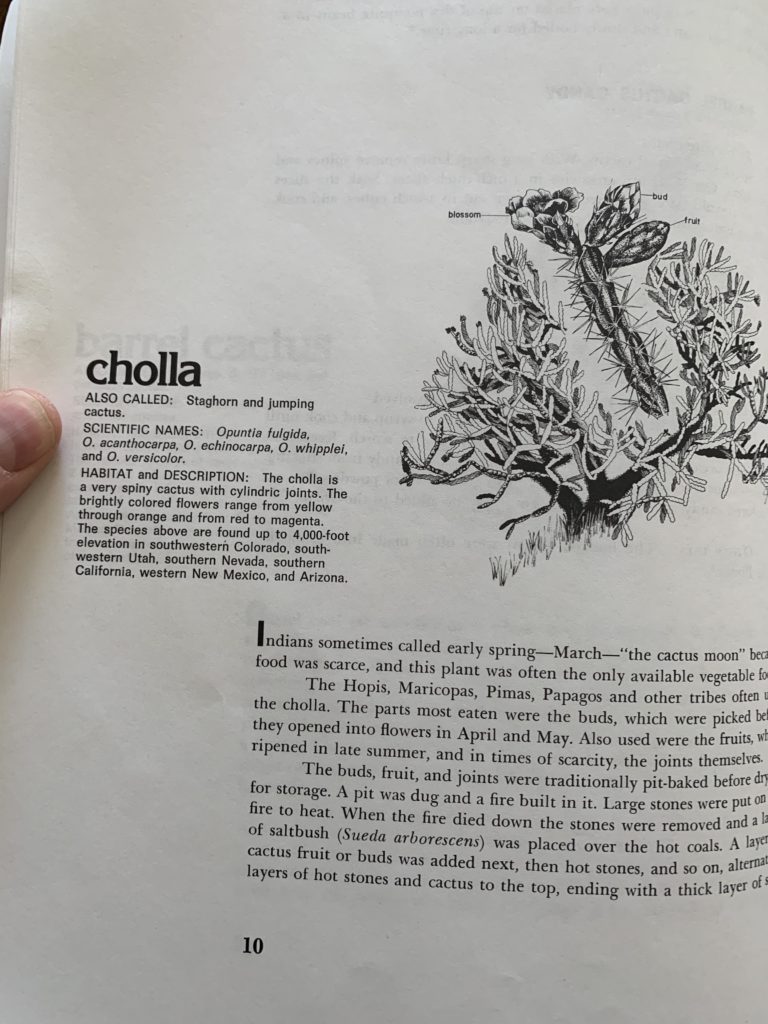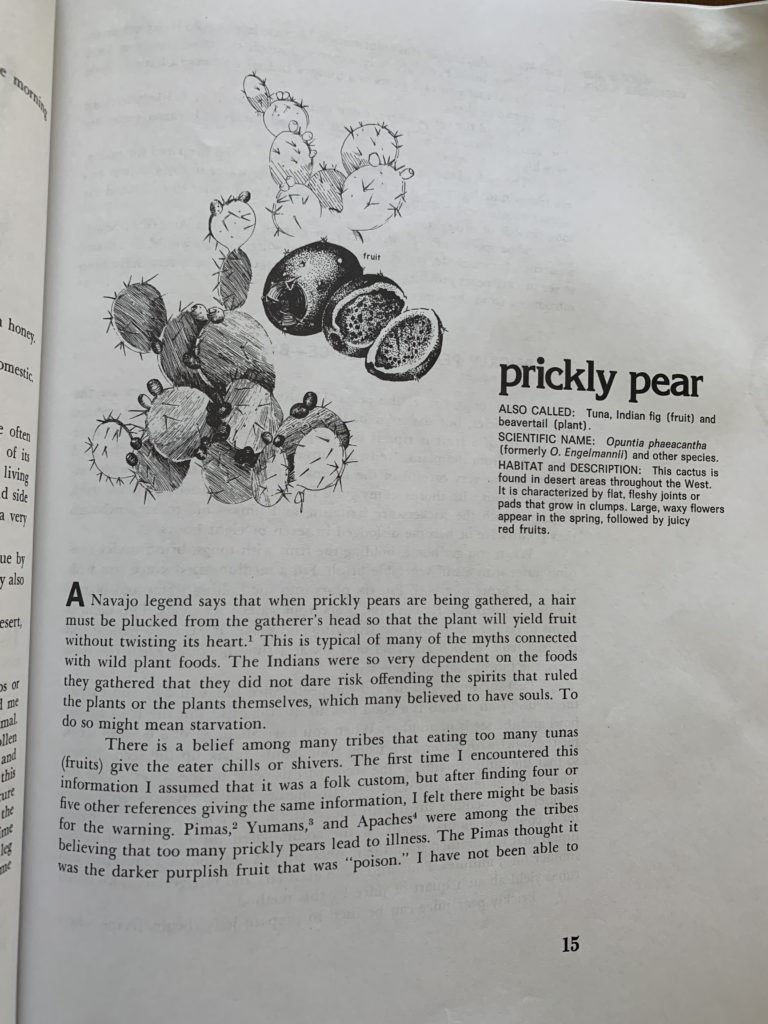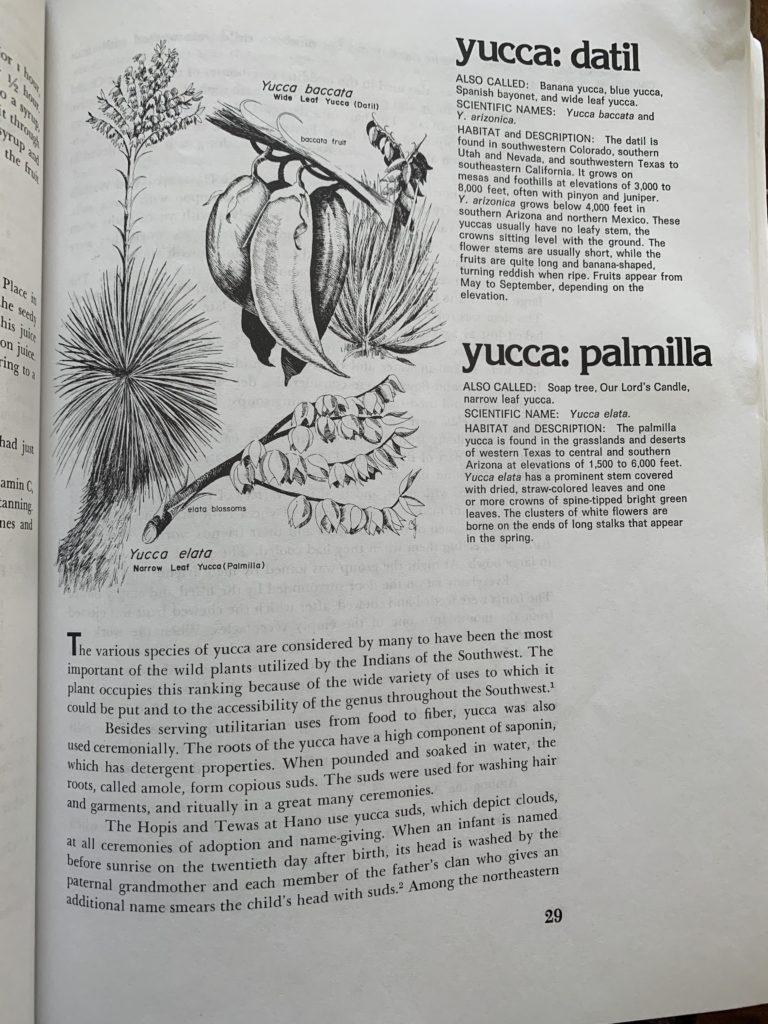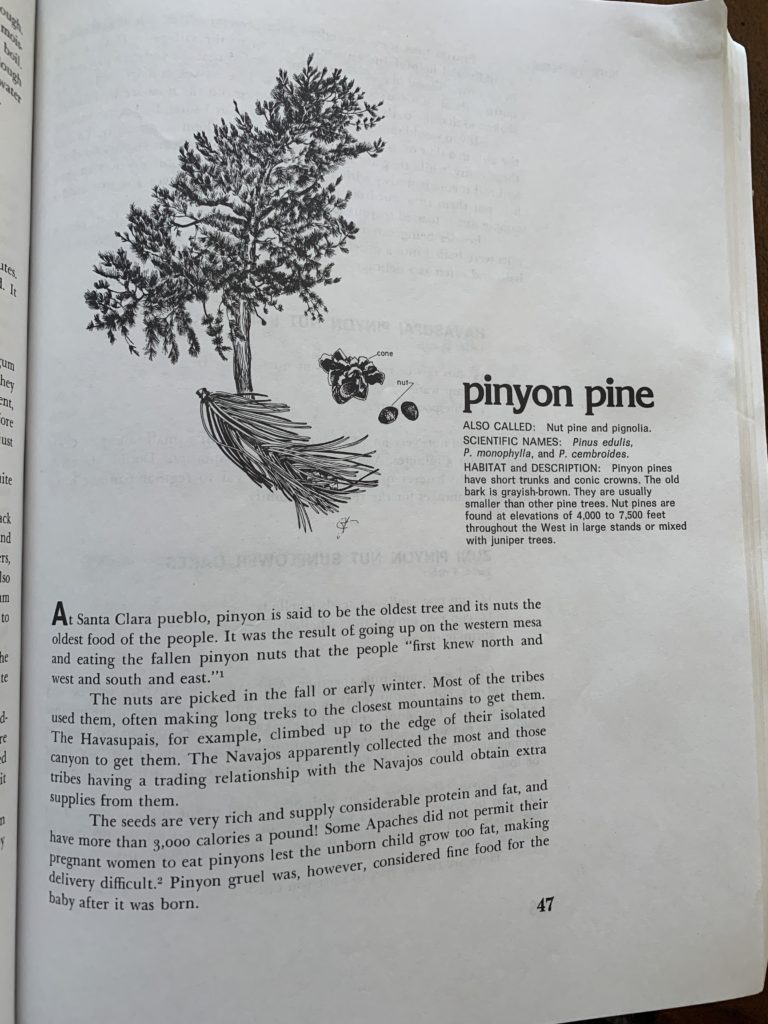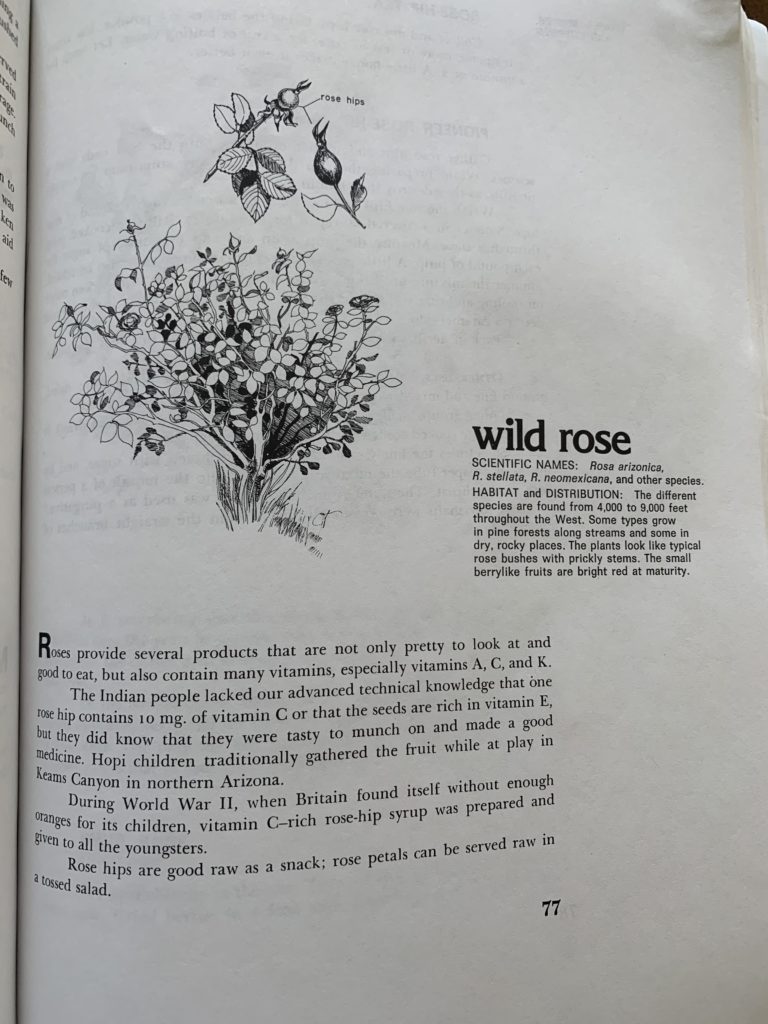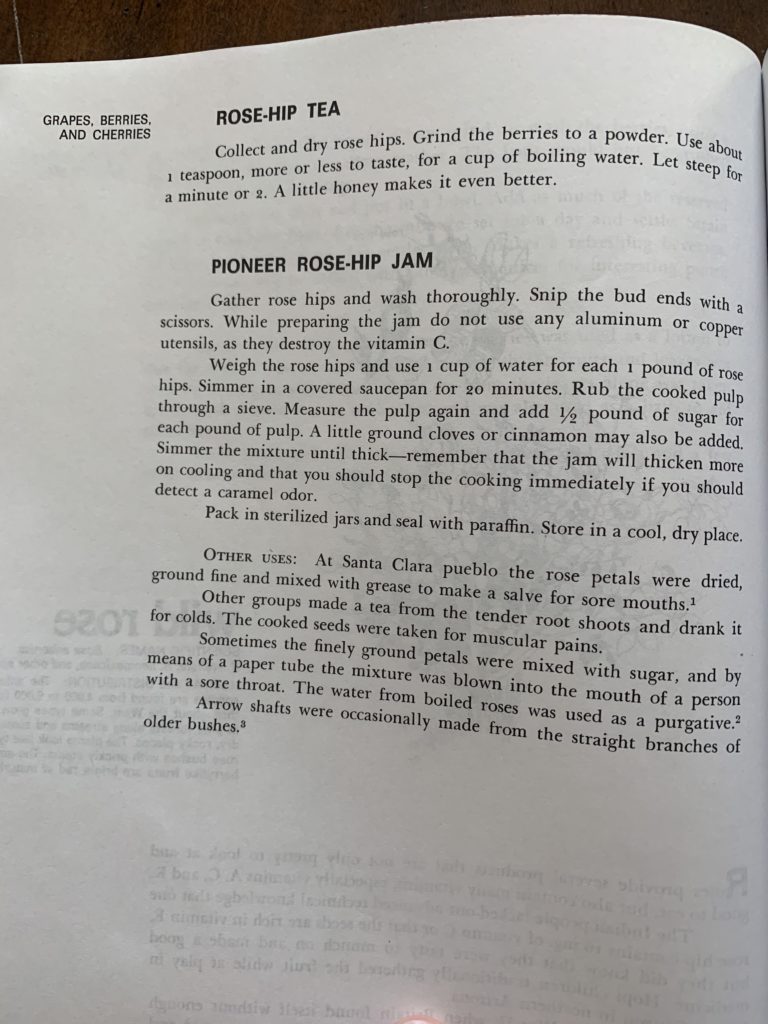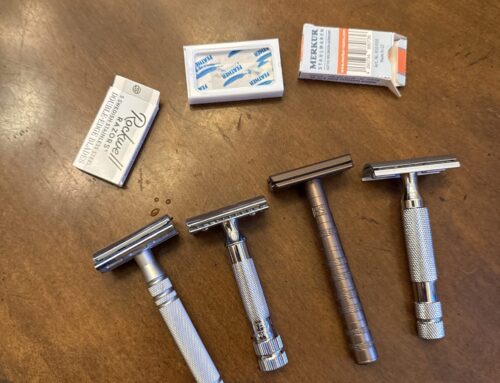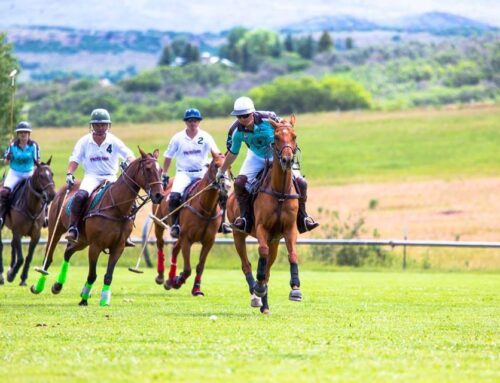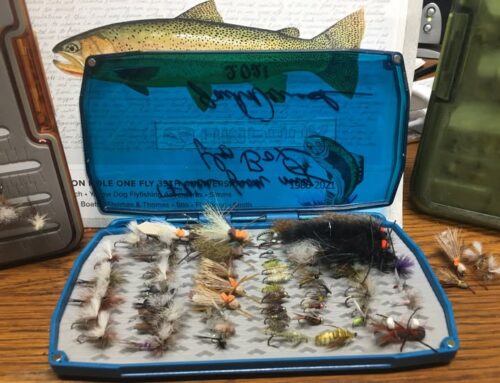Nature is My Religion, The Earth is My Church
Diné, means “The People” in Navajo, and is often preferred throughout the Navajo Nation. Located in the Four Corners area of the Southwestern United States, the Navajo Nation occupies 26,649 square miles on the Colorado Plateau in portions of Arizona, New Mexico, and Utah. My great, great, great grandfather was a trading post owner in the Upper Sioux region and anyway this post will seem random to the uninitiated. The Navajo population was less than 7.000 in 1868 after the people barely survived removal from ancestral lands during the US Governments’ campaigns against the Indian tribes of the American West following the Civil War. However, the Navajo proved remarkably resilient and the Navajo reservation is now home to over 200,000 people and nearly as many sheep. The Navajo are renowned for their belief in the integration of physical, mental and spiritual functioning, which we have fallen in love with as well.
In January 2020, we bought two winter muskrat pelts for our friend, Chief, to make us a couple of medicine pouches. Chief says he is happy to do so, as we also bought a couple of pelts for him, as his children took the last medicine pouch he made after we saw him buying a pelt last year.
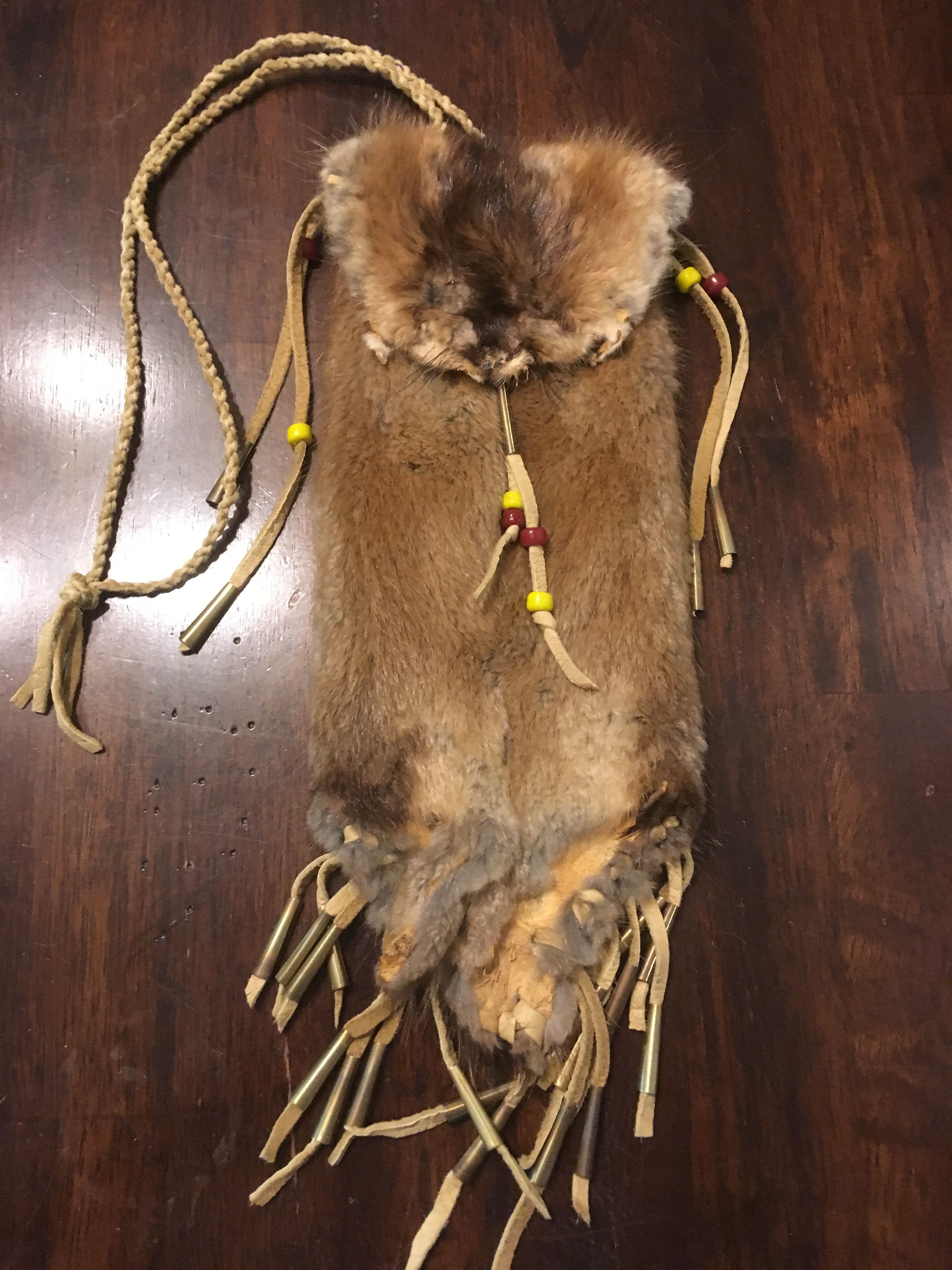

Maybe we can get him to make a coyote arrow quiver some day as well. Anyway, it’s all good medicine, as they say.
There are some other First American crafts that our daughter is up to these days after just returning from Santa Fe, Taos, and the Navajo Nation, which somehow I identify more with these days. Perhaps because we have several Dine’ friends. The Pipe though still resonates with me most.
And I got to thinking about tobacco again, which I tried to grow in the garden last year, a Navajo variation, tobacco rústico. It didn’t grow, so back we go to Dunhill Flake, which is a Virginia pipe tobacco, now marketed as Peterson Flake Virginia Pipe Tobacco. I also ordered some Fribourg & Treyer Cut Virginia Plug and Capstan Flake Tobacco to try.
Recommend the Peterson Flake pipe tobacco tin, not the white mountain smoke. Not sure about the corn cob pipe but others say it’s kind of a disposable one, but going to replace my Grandpa’s briarwood one, which stayed lighted better.
We keep our problems alive by the attention we give to them. If we think of our problems and then smoke them away with a few puffs of tobacco, the world would be a better place.

But I still like the idea of smoking a mountain smoke pipe before a grouse hunt here in the Rocky Mountains, for some drawn out reason relating back to my childhood. I asked about the pipes and the mountain tobacco from my Dine’ friends. The answer was: Just as long as you smoke for a good purpose and to enjoy the smoke, you will feel the difference in your body and soul. It should make you feel at peace and rejuvenate your mind and soul. Mountain smoke versus commercial tobacco, it doesn’t matter, but it is an interesting debate within Navajo ceremonies, in terms of potential health effects. It’s interesting to compare the differences between the two types of smoke used for these offerings.
As far as Kinnickinc type herbal smokes which were often mixed with tobacco by the various first nations, White Tip Tobacco, Water Mountain Smoke, White Tip Mountain smoke, and 18 Blend Mountain smoke all we’re ordered this year, as I gave up grandpa’s replica pipe some 20 years ago, filled with cherry tobacco, as he did, as I didn’t find it rewarding. I’m going to try again with the new smoke.

I also didn’t realize the pipe bowl and stem came apart. The Navajo believe that the pipe’s powers only became active when the male and female parts were joined, but they shouldn’t be stored that way. Perhaps that was my error. I’d like to try again with grandpa’s pipe and some “mountain smoke,” which is a blend of herbs, and no it’s not marijuana or peyote or anything, just native tobacco leaves and the like.

Another aside, cota is also known as: Indian tea, Hopi Tea, Navajo Tea, Zuni Tea, Colorado Greenthread. Our cota is wild crafted from Northern New Mexico and is used to relieve stomachaches and other digestive ailments. When dried in the sun, cota appears bright green; when dried in doors, as is done during the monsoon season, cota appears dark, as though it was roasted.
It is also used to reduce fevers, to treat kidney problems, to “purify the blood”, against gonorrhea, as a vermifuge (to expel intestinal worms), as a stimulant for the nervous system, and applied as a mouthwash to reduce tooth pain. One of the main active ingredients in Cota is known as luteolin.
my cousin recommended a natural lighter, which I haven’t done yet, but makes sense to avoid a butane taste. Indians used a coal from the fire.


The wolf for the Navajo is a symbol of courage, and loyalty to their pack or tribe. The bear is a symbol of strength but connected to wisdom. These powerful forces courage and loyalty sometimes fights against wisdom and strength, but all are need when facing the battles of life.
Sometimes what we know is the wise thing to do; is in direct conflict with our loyalty to friends and family. This is the story of this bracelet. To the Navajo the bear is the symbol of wisdom and strength while the wolf is a symbol of courage and loyalty to the pack or tribe. These two powerful emotions, to the Navajo; and to people in general, are often in conflict with one another.

